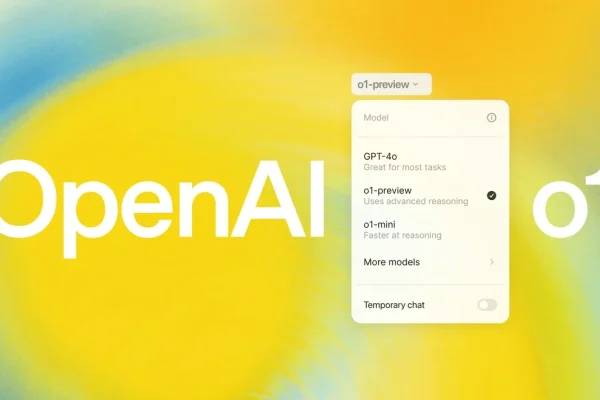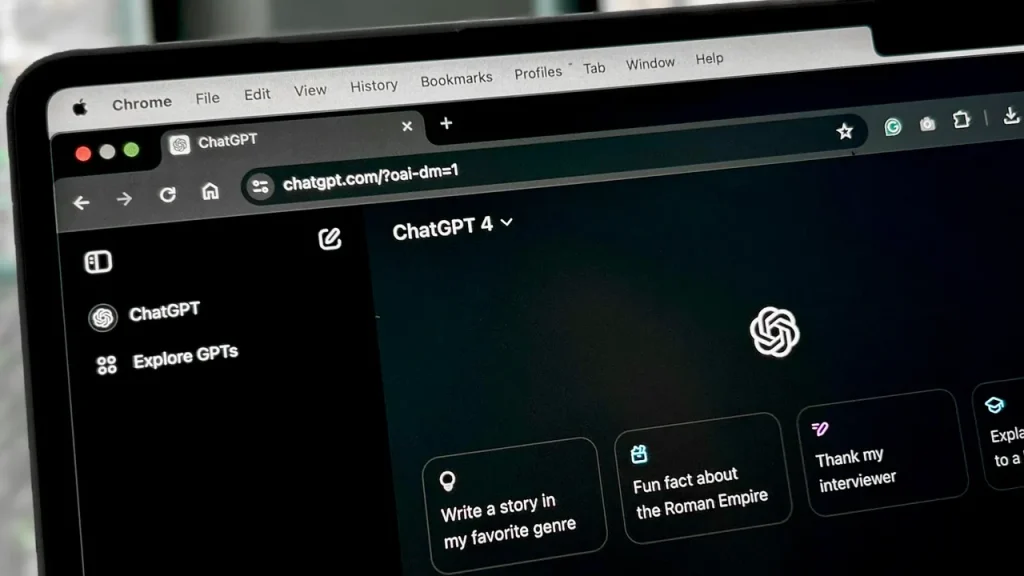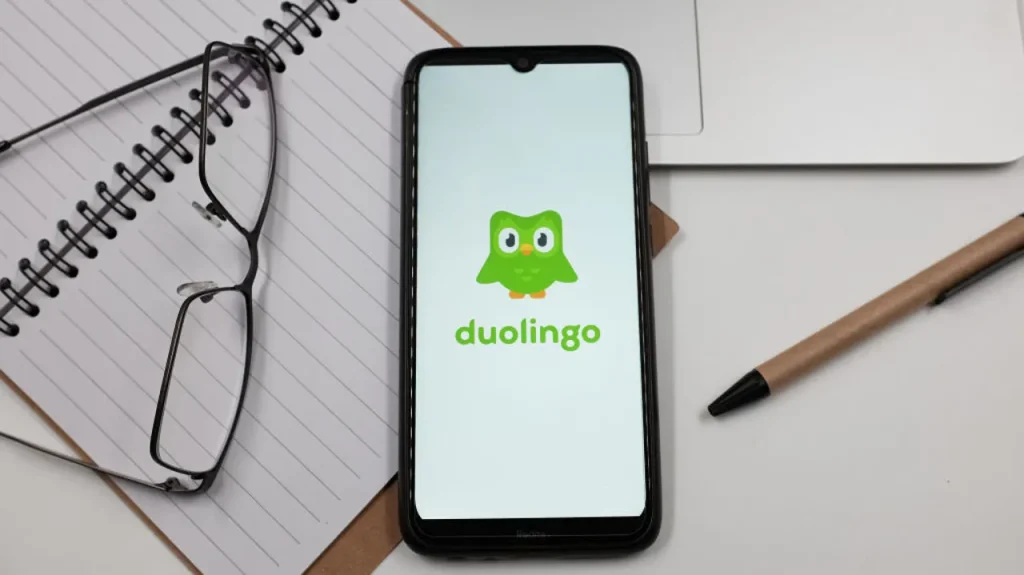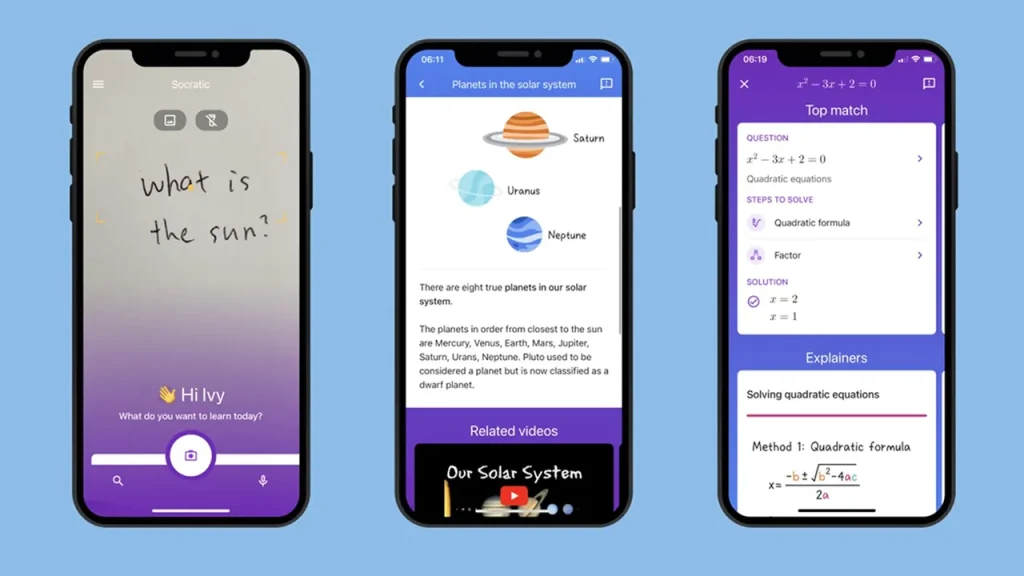

Back to School with a New AI BFF: Generative AI to the Rescue
Alright, folks, it’s that time of year again—back-to-school season. But this year, there’s a new kid on the block: generative artificial intelligence (gen AI). In the nearly two years since ChatGPT launched, this chatbot has undergone some serious transformations, and now there are more AI tools for students than you can shake a ruler at. So buckle up, because we’re diving into the world of AI-assisted education.
Many people worry that gen AI could be the downfall of education, promoting cheating and all that jazz. But let me tell you, when used properly, these tools can be a student’s best friend. They can help parents and teachers create custom materials and explain complex topics in a way that makes even the most confusing homework seem like a walk in the park.
As someone who tests AI tools every day, I can’t help but wish I’d had these gadgets when I was in school. But hey, better late than never, right?
The key to effectively using AI for schoolwork is identifying the right tools and use cases. Since there are so many options, I’ve compiled a list from months of testing to make your life a little easier.
1. ChatGPT

At the top of my list is ChatGPT, because this chatbot has more potential use cases than a Swiss Army knife.
Launched in November 2022, OpenAI’s chatbot sparked a generative craze with its writing, coding, and reasoning capabilities. Since then, it’s only gotten better, making it even more suited for student use.
For example, ChatGPT can now browse the internet, giving it access to all current events and sites. It can do everything Google can, but instead of aimlessly searching through results, it gives you the answer in an easy-to-understand response with footnotes.
But wait, there’s more! ChatGPT can also ingest other inputs, like documents and images. Students can use it to summarize documents, transcribe handwritten notes, and simplify textbook passages.
And let’s not forget its advanced writing, coding, and mathematical abilities. ChatGPT can help with essays, solve math problems, and even generate and debug code. It’s like having a personal tutor who never sleeps.
Some other ways you can use ChatGPT in your studies include:
- Answering questions about class or materials
- Researching for a paper
- Working through take-home exams or assignments
- Explaining complex topics in a more digestible way
- Writing Excel formulas
- Making graphs and charts
- Planning vacation itineraries (because even students need a break sometimes)
To find the best way to use ChatGPT for your own workflow, I recommend applying it to the use cases discussed above and experimenting with different things.
2. Quizlet

I used Quizlet from middle school through college as a study tool to help me remember content for exams. Although the platform has leveraged AI for more than six years to power some of its study features, like its Learn mode, it recently stepped up its game with even more AI improvements.
Quizlet’s core feature is its study set, which includes terms and definitions that students can use for different learning exercises and styles, like flashcards (my personal favorite), matching columns, and more. Building those study sets used to take hours of manual input. Now, AI can do it for you.
All a teacher or student has to do is input their notes, whether in the form of a PDF, image, or document, and Quizlet will automatically build the study set.
Students can also browse the millions of study sets created by other users. As a student, I found that if I searched Quizlet for a study set about any topic or even a specific textbook, someone else had likely made one.
Recently, Quizlet added two features that teachers can use to create engaging content for their classrooms: Blast and Categories. Blast is a gamified learning tool that lets students participate in asteroid-blasting sessions, matching terms to definitions from study sets. Categories is a Jeopardy-style game in which the whole class participates in a mock quiz show.
3. Grammarly

The free Grammarly extension is so helpful that I even included it in my AI tools for work round-up because I still use it every day. The beauty of this tool is that it exemplifies using AI to enhance your work rather than doing it for you. The application runs in the background of your work and catches small mistakes that are easy to miss.
Whether you’re writing an essay in Google Docs or an email in Gmail, Grammarly will scan your text and detect spelling and grammatical errors. It can also offer edits about the actual syntax of your text, offering suggestions to rephrase, rewrite, be more concise, add details, adjust tone, and more. The results are not only more polished work but also an opportunity to learn from the edits.
4. Duolingo

Duolingo is a great app for learning a new language. Students can use it to supplement the language courses they are taking in school and build their skills further at home.
The appeal of the Duolingo app is that it gamifies the language-learning experience through bite-sized lessons that feel like individual quests. It also has a streak, leaderboard, league, and point system that motivates learners to keep going.
I quickly became invested in Duolingo, earning a 245-day streak in an attempt to learn a new language.
Foreign language courses are typically mandatory for students throughout their education, starting at the middle school level and going all the way through to college.
As if learning a new language isn’t already hard, my experiences suggest that foreign language courses are not a priority for schools, especially at the younger learning levels, making them under-resourced and sometimes poorly taught.
Duolingo would be a great way to bridge the understanding gap that is being created in class. Test yourself on your understanding of the language before an exam, or simply supplement your in-class lessons with some out-of-classroom practice.
5. Socratic

Although younger learners can benefit from AI chatbots, such as ChatGPT, there are concerns about giving them access to the entire Internet. Socratic by Google is a great alternative if you are a parent concerned about these issues.
With the Socratic app, students can type in any question about what they are learning in school or upload their worksheets. The app will generate a conversational, human-like response with unique graphics and even related YouTube video links.
The app won’t just pump out answers or generate essays. Instead, it will give step-by-step explanations and instructions that students can use to get the answer themselves, functioning as an intelligent learning tool.
To give parents peace of mind, Socratic also blocks inappropriate questions from being answered.
The app isn’t limited to younger learners, and Google actually refers to it as a “learning app from Google that helps high school and university students.” However, due to its functionality, I would say it’s better suited for younger learners because of its limits and fun graphics.
So there you have it, folks. AI is here to make your back-to-school experience a little less stressful and a lot more fun. Embrace the future, and let AI do the heavy lifting. Until next time, stay curious, stay witty, and for the love of all that’s holy, don’t forget to back up those important notes.









